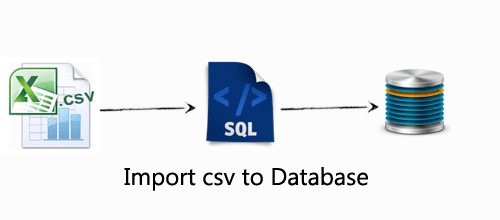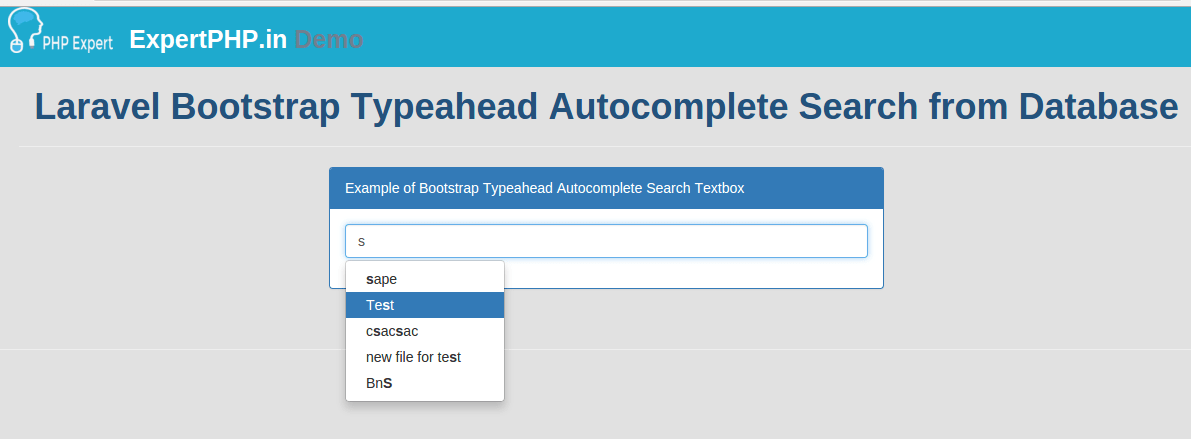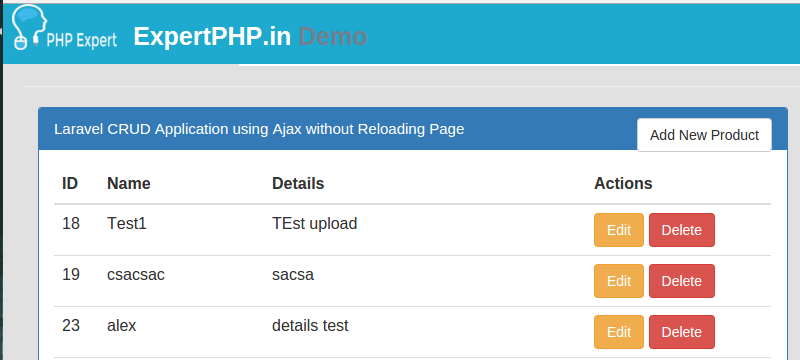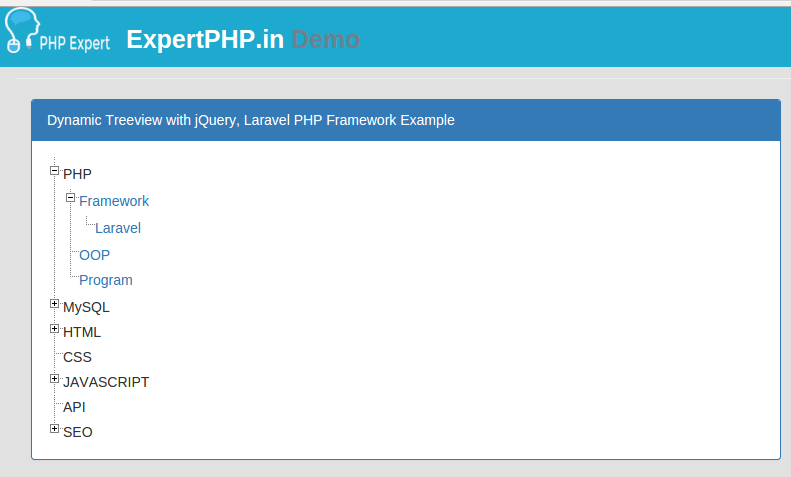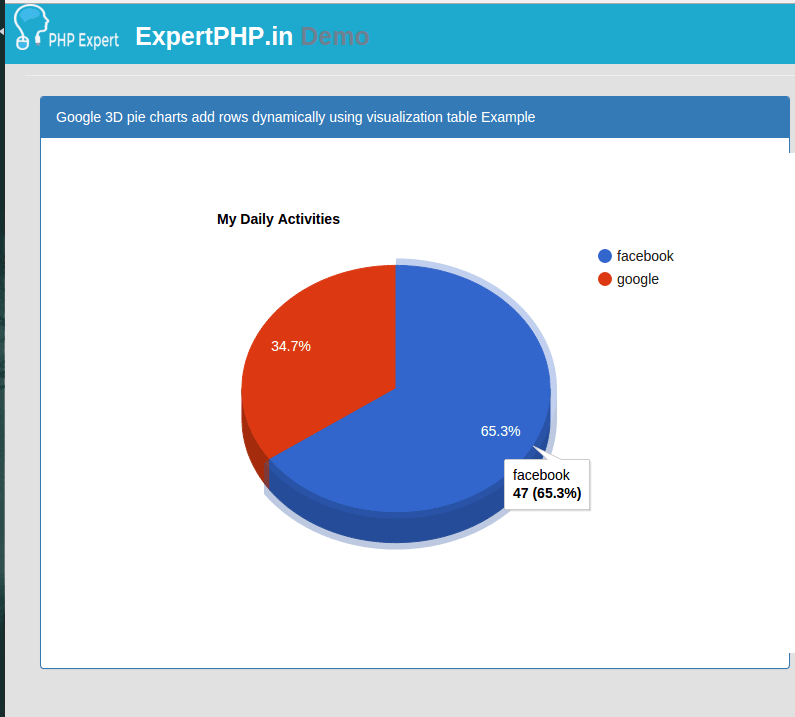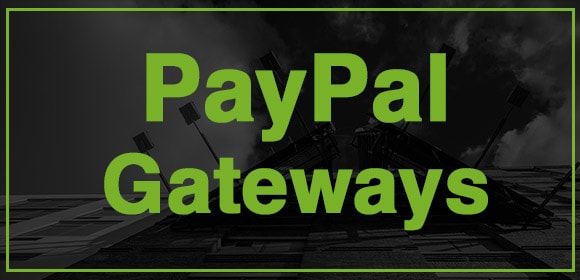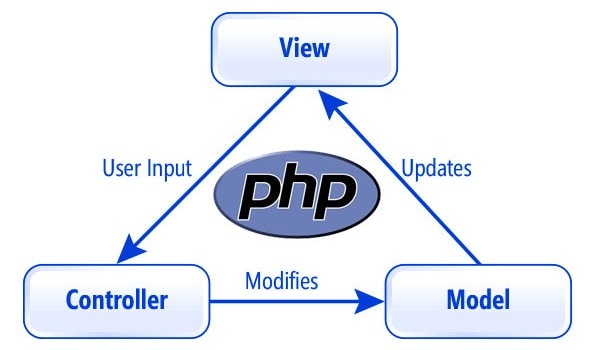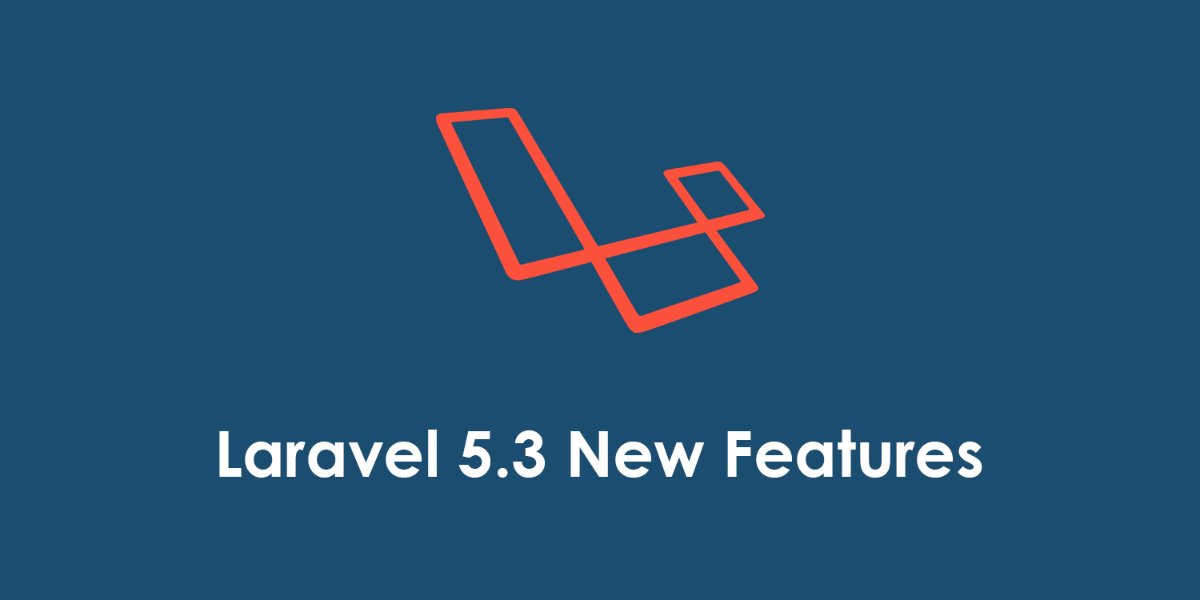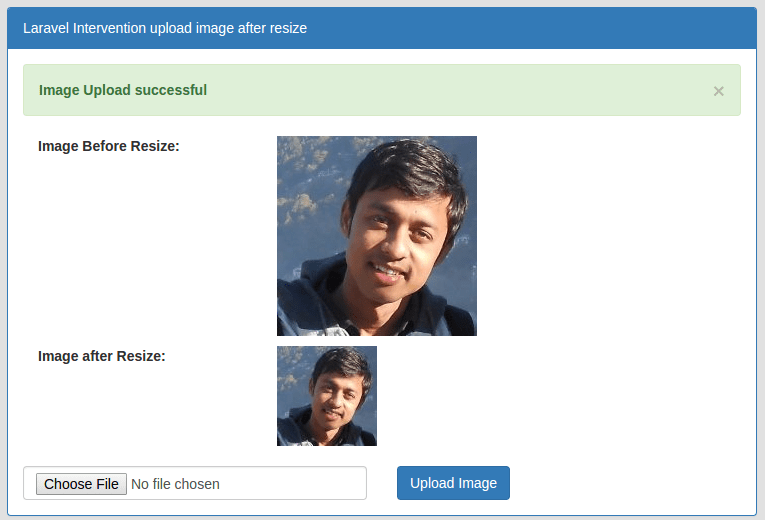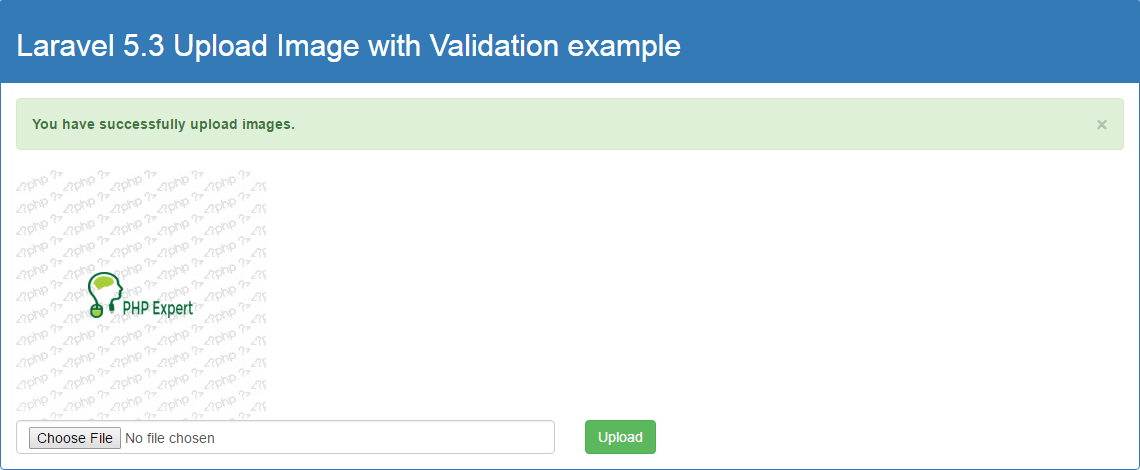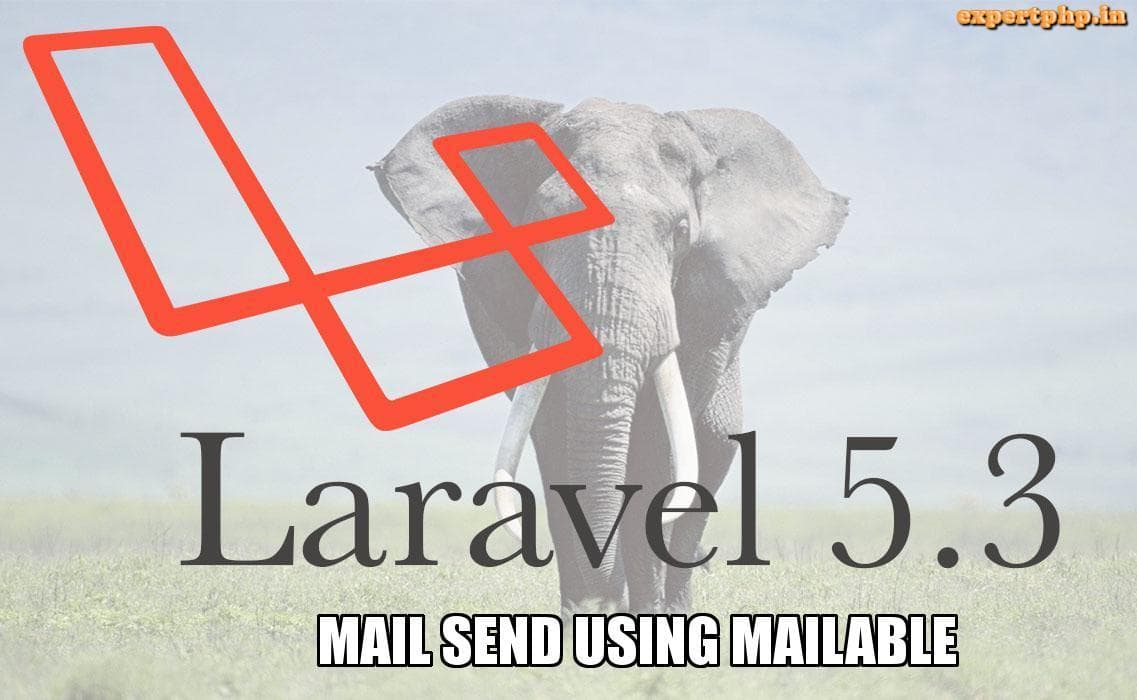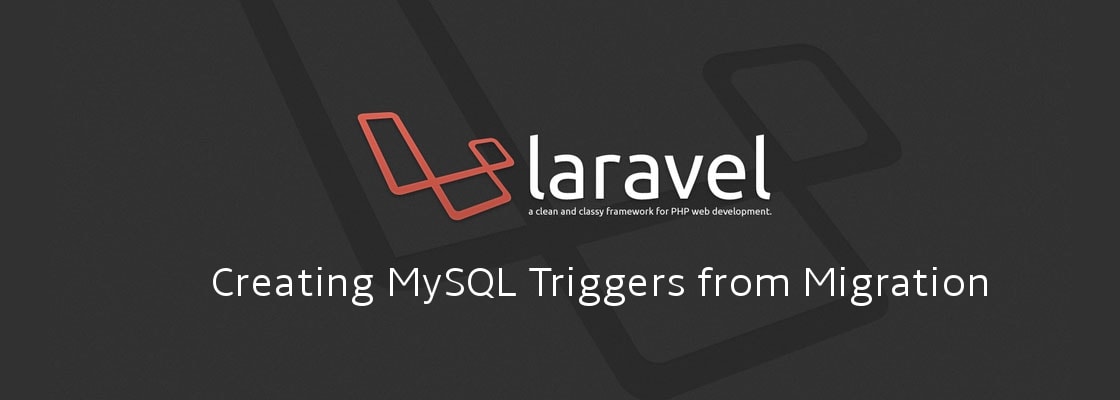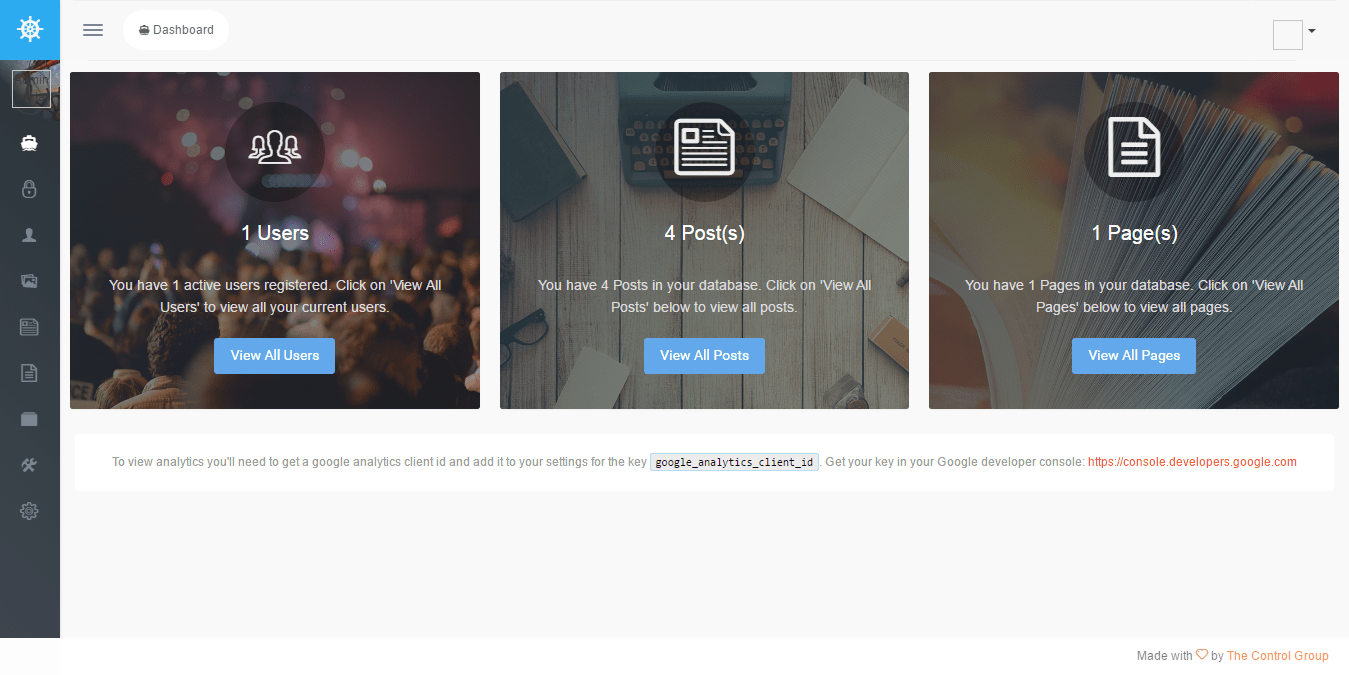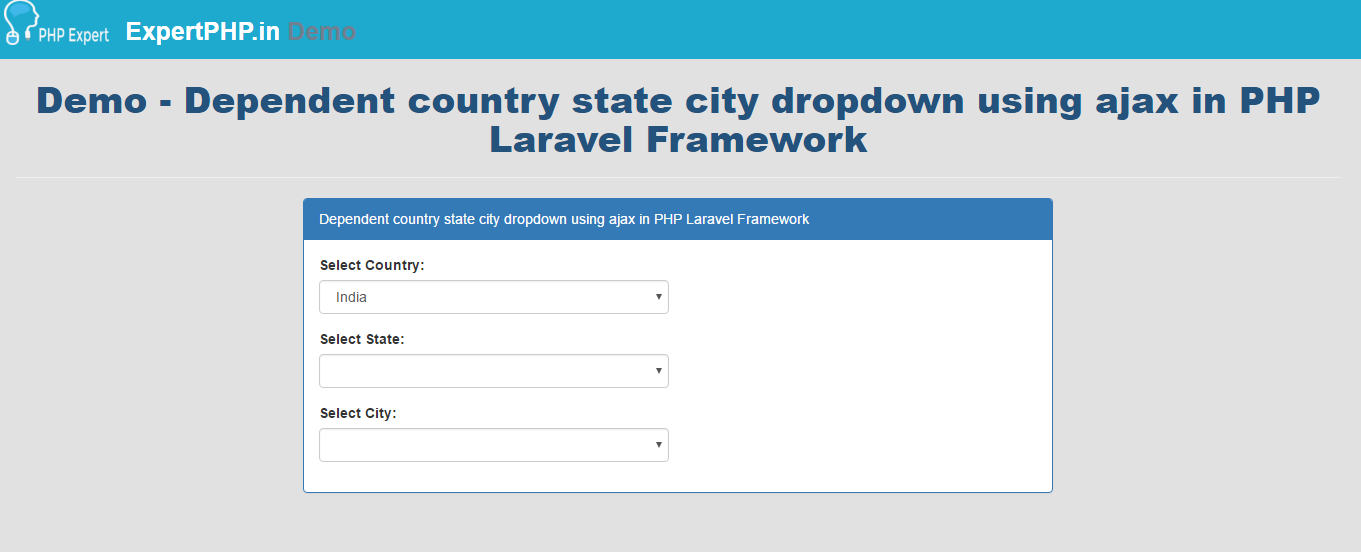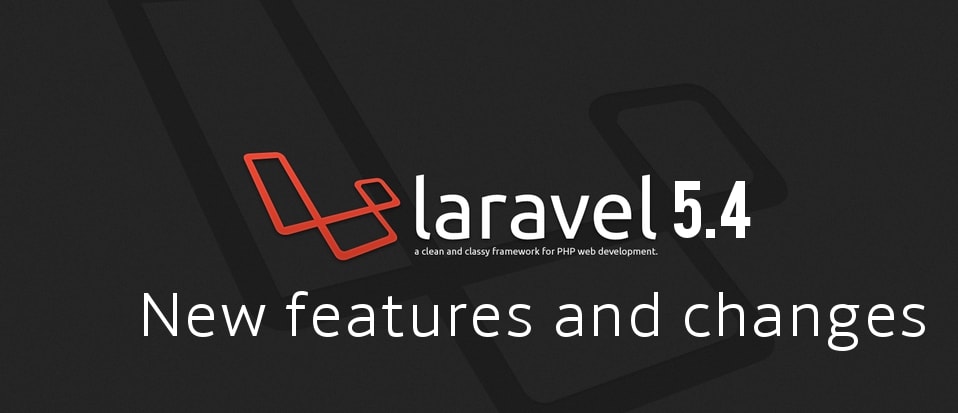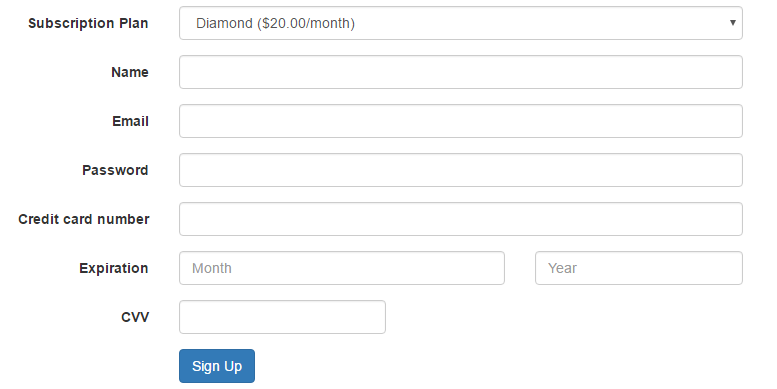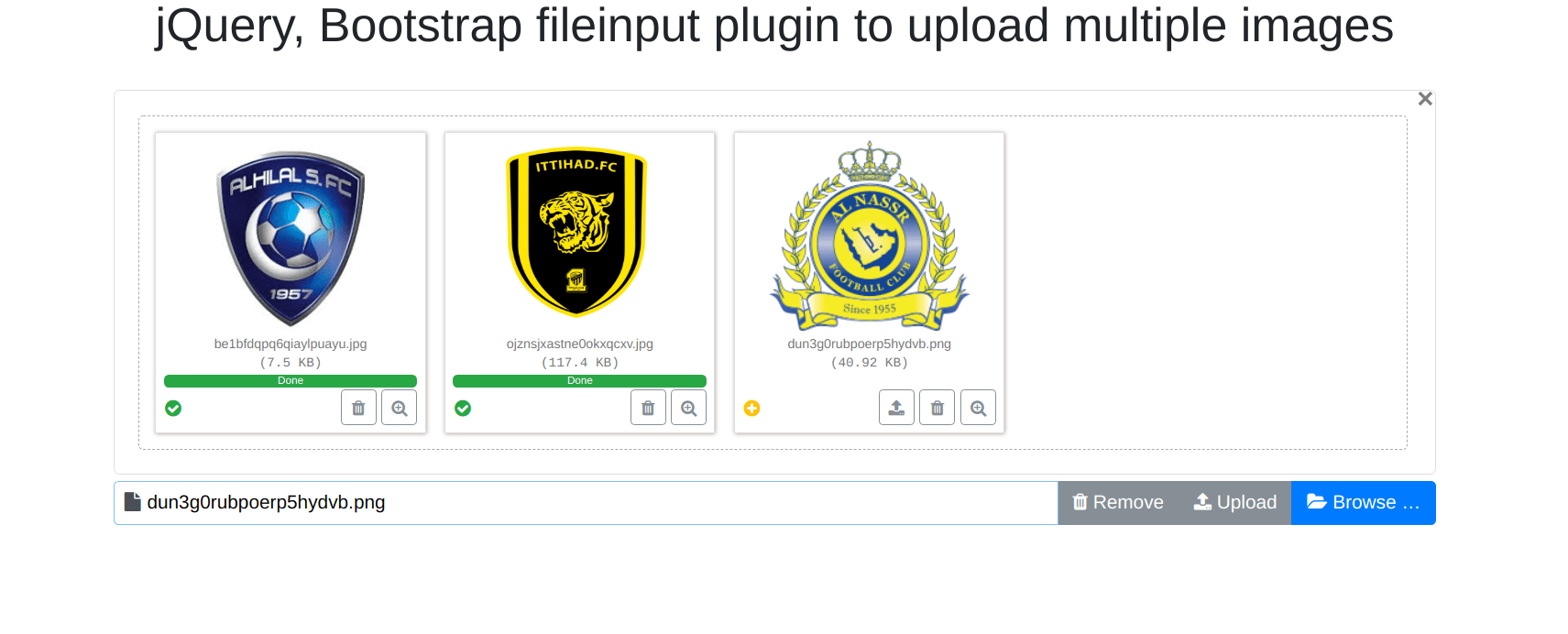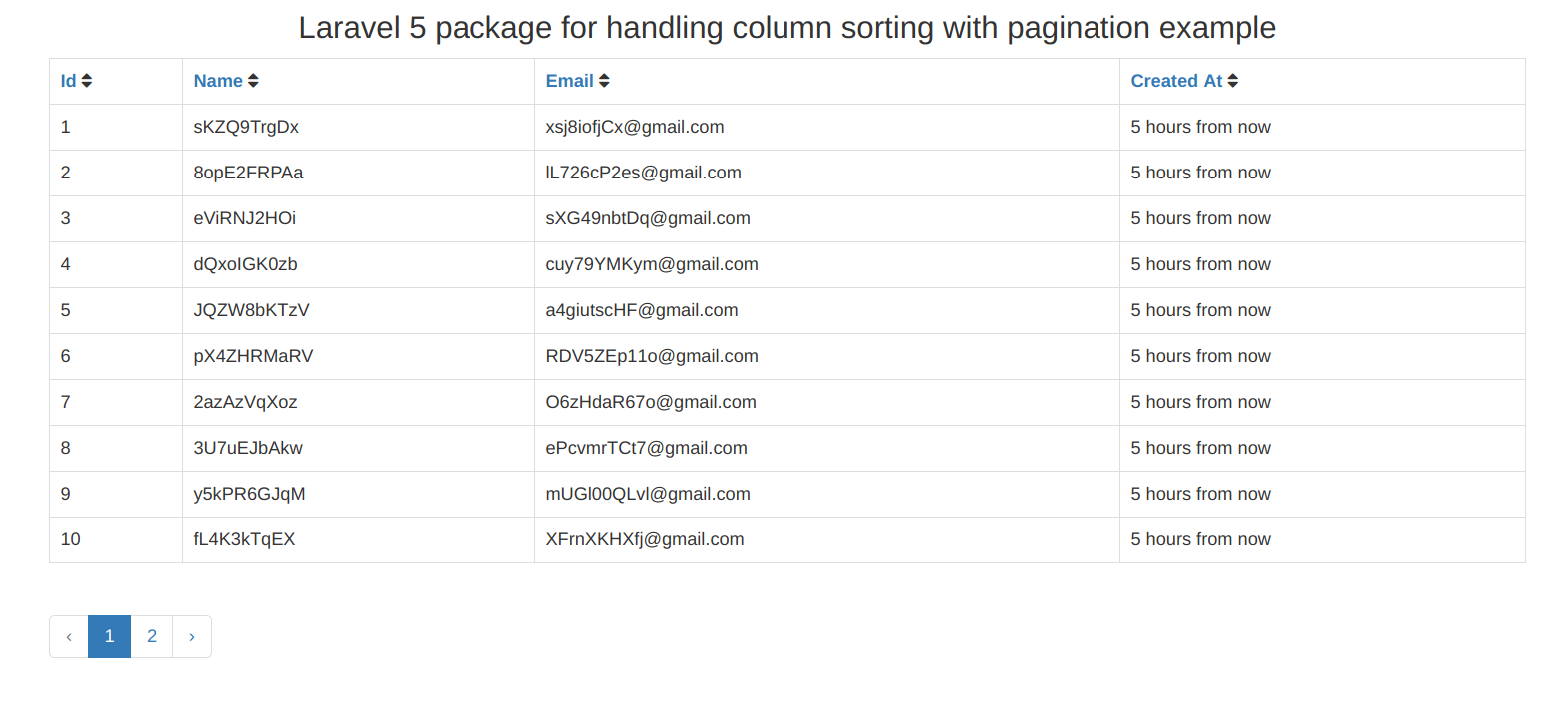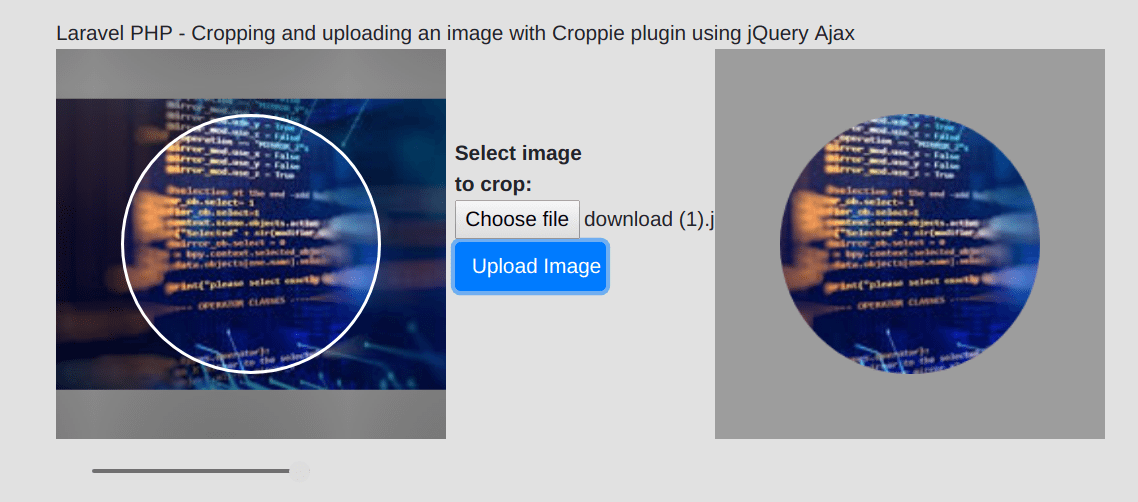In this tutorial, I will let you know the easy solution to create middleware to make sure if logged user has the privileges for admin.
I have user table having column name "user_type" that manage the status of the users.
Please follow the steps to handle admin middleware :
Add MiddlewareFirst i will create AdminMiddleware.php in following path app/Http/Middleware/AdminMiddleware.php
- <?php
- namespace App\Http\Middleware;
- use Closure;
- class AdminMiddleware
- {
- /**
- * Handle an incoming request. User must be logged in to do admin check
- *
- * @param \Illuminate\Http\Request $request
- * @param \Closure $next
- * @return mixed
- */
- public function handle($request, Closure $next)
- {
- if (\Auth::user()->user_type == 'Admin')
- {
- return $next($request);
- }
- return redirect()->guest('/');
- }
- }
After creating middleware don't forget to register the middleware as routeMiddleware in app/Http/Kernel.php
- protected $routeMiddleware = [
- 'auth' => \Illuminate\Auth\Middleware\Authenticate::class,
- 'auth.basic' => \Illuminate\Auth\Middleware\AuthenticateWithBasicAuth::class,
- 'bindings' => \Illuminate\Routing\Middleware\SubstituteBindings::class,
- 'can' => \Illuminate\Auth\Middleware\Authorize::class,
- 'guest' => \App\Http\Middleware\RedirectIfAuthenticated::class,
- 'throttle' => \Illuminate\Routing\Middleware\ThrottleRequests::class,
- 'admin' => \App\Http\Middleware\AdminMiddleware::class,
- ];
Now you have successfully configured the admin middleware.
Ok, let's assign this admin middleware in routes/web.php
In this step, we will add some routes within the admin middleware to check it is working fine or not.
- Route::group(array('prefix'=>'administration','middleware' => ['auth', 'admin']), function ()
- {
- Route::get('dashboard',function(){
- return "Welcome to Administration";
- });
- });
If you want to implement multi auth with multi models in Laravel 5.4 then follow the link :
How to implement multi auth in Laravel 5.4 with example


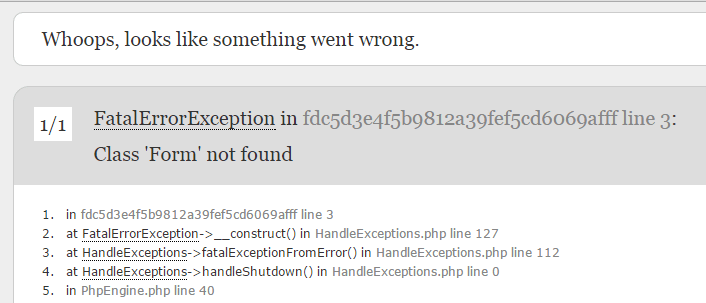
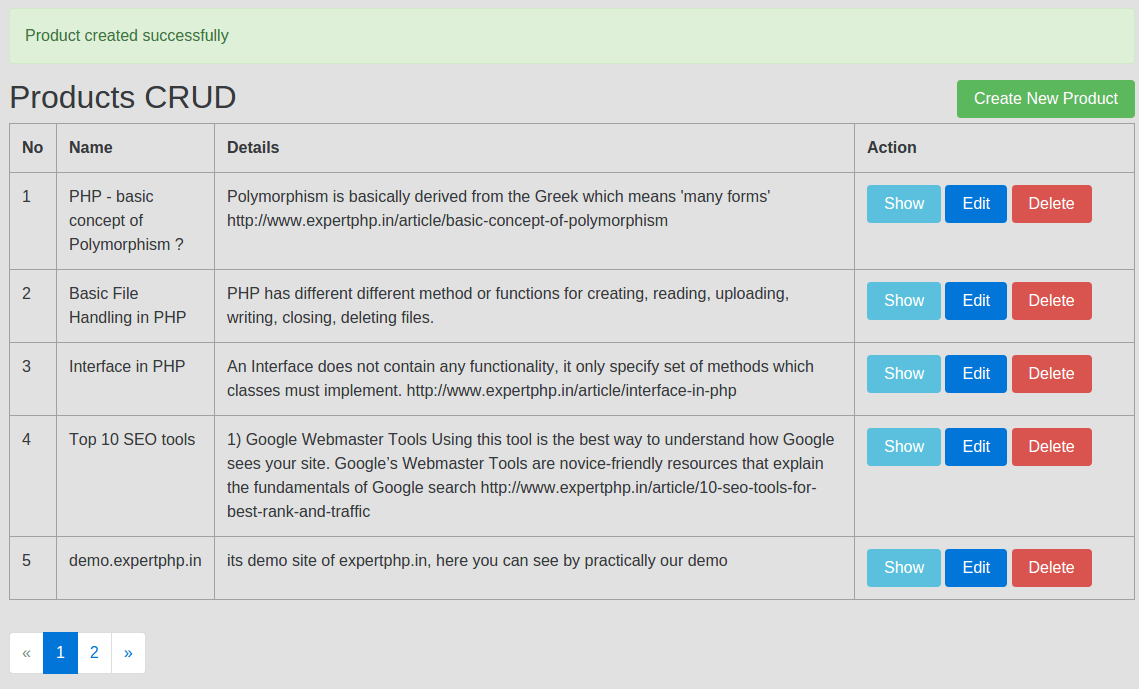



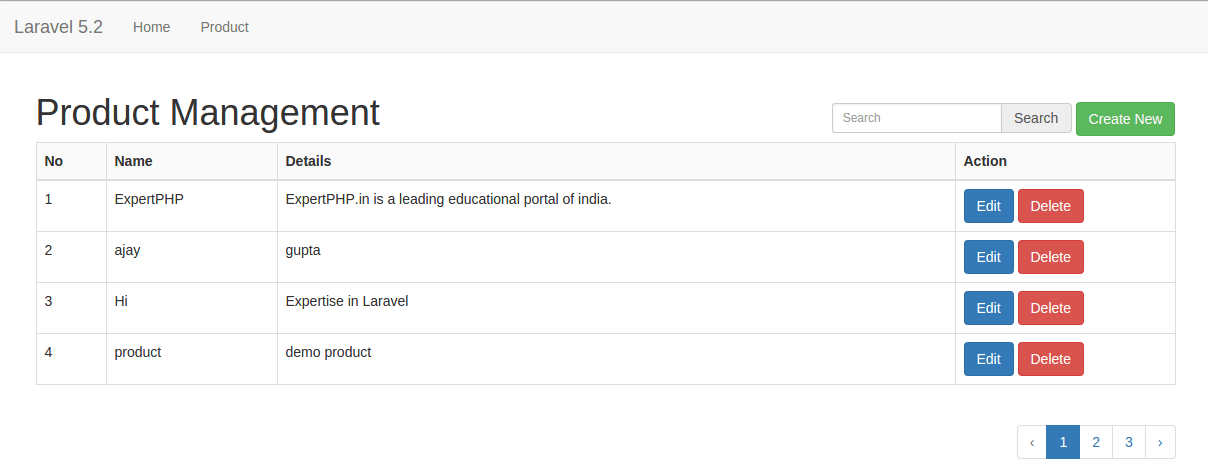
.jpg)


